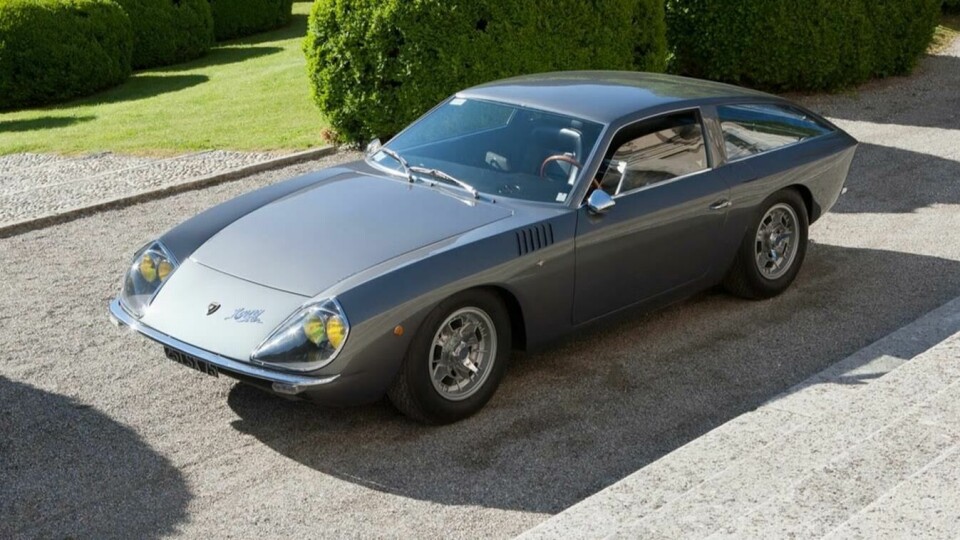
Concept Car of the Month: Lamborghini 400 GT Flying Star II (1965)
Remembering how the original Touring Superleggera went down in shooting-brake style
The Carrozzeria Touring Superleggera is no stranger to readers of Car Design News.
The storied design house was founded in Milan in 1925 by Felice Bianchi Anderloni and Gaetoni Ponzoni, who purchased the assets of Carrozzeria Falco and changed the name to Carrozzeria Touring. Anderloni was the designer and engineer, while Ponzoni handled administrative matters.
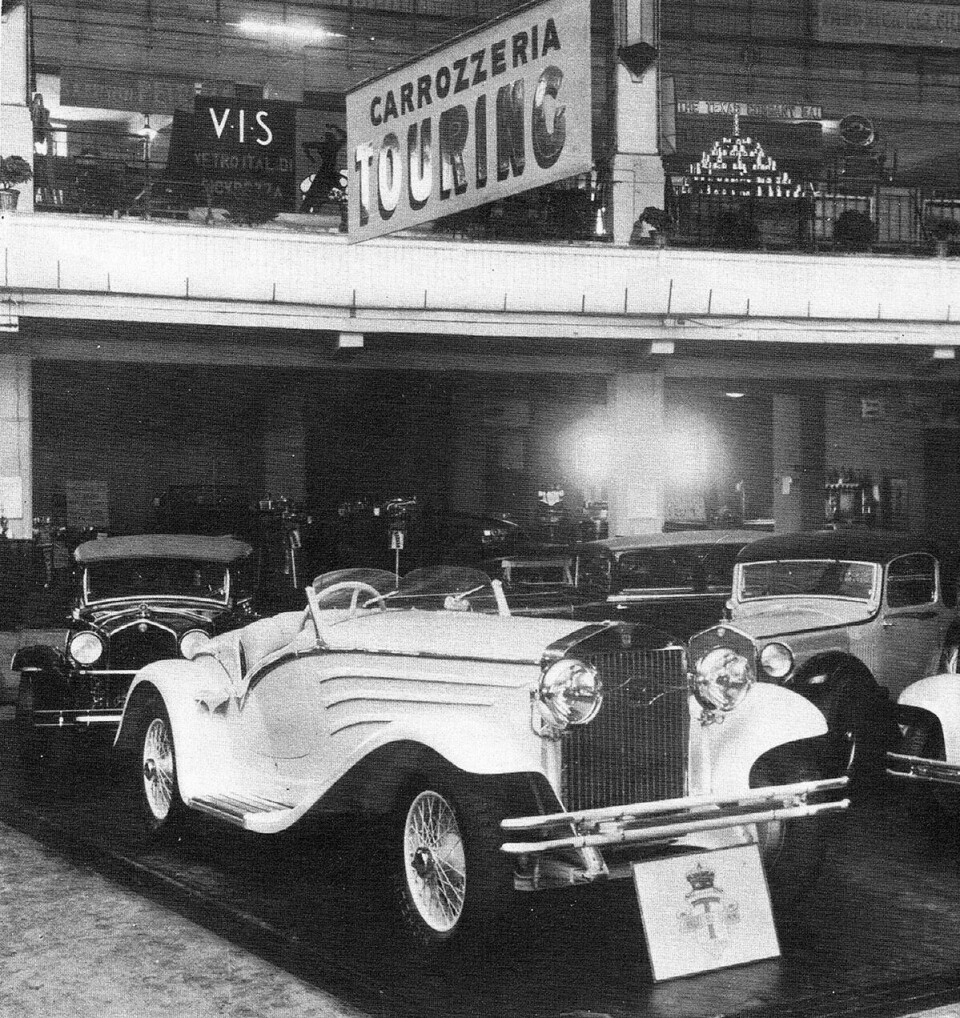
By the 1930s the firm was known for sleek, stylish cars, highlighted by one of their early triumphs, the Isotta Fraschini Flying Star of 1931. The sleek roadster featured an early version of the dramatic ‘sweep spear’ chrome trim, with complementary hood louvres that reinforced the streamlining of the car. It was Touring’s star at the 1931 Milan show, and won First Prize at Villa d’Este that year.
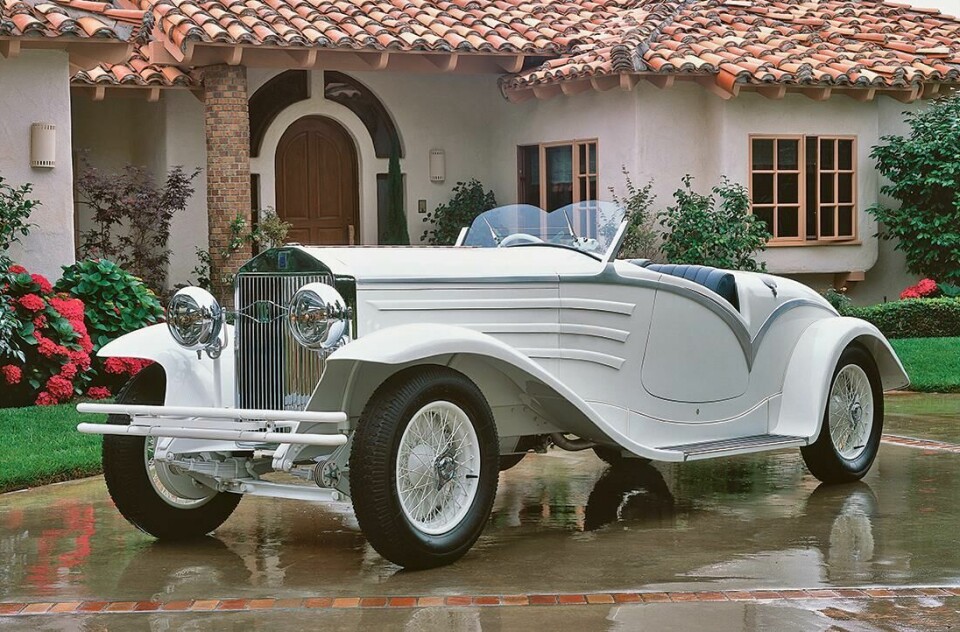
As popular as the Isotta Fraschini was, Anderloni was not just content to be a designer, he was interested in revolutionising the auto body itself. Touring licensed Charles Weyman’s system of fabric-coated lightweight frames, and soon developed their own system of lightweight construction based on a system of lightweight tubes covered with a thin gauge aluminium alloy skin. Besides being very lightweight, the system boasted considerable flexibility, allowing for creative body styles.
Patented in 1936, the system was first used on the Alfa Romeo 6C 2300B raced at the 1937 Mille Miglia. Other cars in the 1930s to feature ‘Superleggera’ construction (‘leggera’ meaning lightweight) include the Alfa Romeo 8C 2900 and a version of the BMW 328. The bespoke construction method of Touring was so innovative and popular, that the firm added Superleggera to their company name.
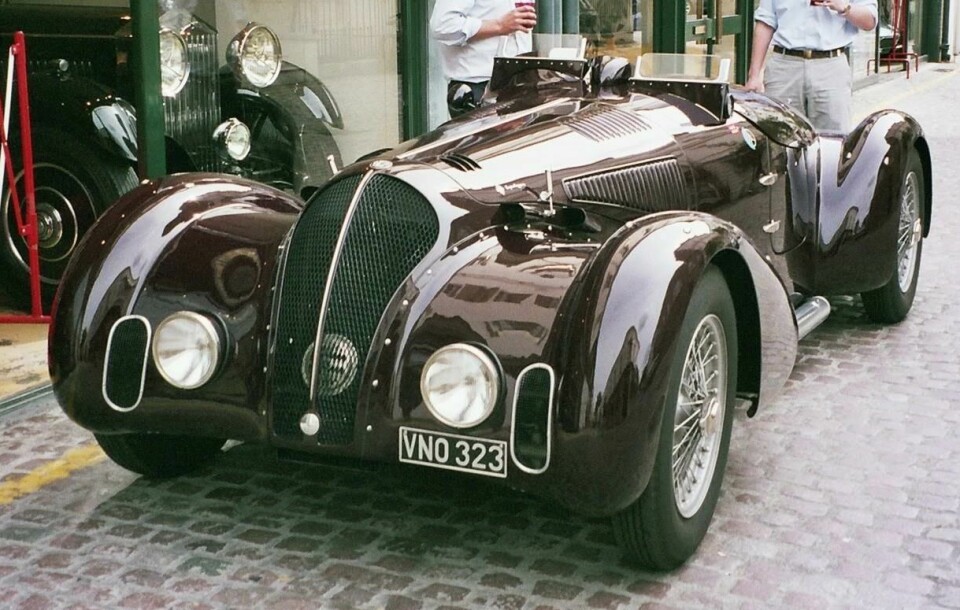
Carrozzeria Touring quickly re-organized after World War II, with a new designer on staff. Carlo Felice “CiCi” Bianchi Anderloni joined his father in the family business, having graduated from Polytechnico di Milano in 1943. He, like his father, was fascinated by design.
He later recalled, “Every day, my father brought home a different car at lunchtime. I was so impressed by their beauty that I wanted to do what he did: build cars.”
Anderloni would soon get his chance – and more. His father died suddenly in 1948, and young Carlo took his place as the head of Touring, along with Ponzoni who continued to run the administration of the company.
Anderloni designed the magnificent Ferrari 166 Inter, Ferrari’s first road car. The Mille Miglia version, shown here, was even more dramatic, one of the best designs ever.
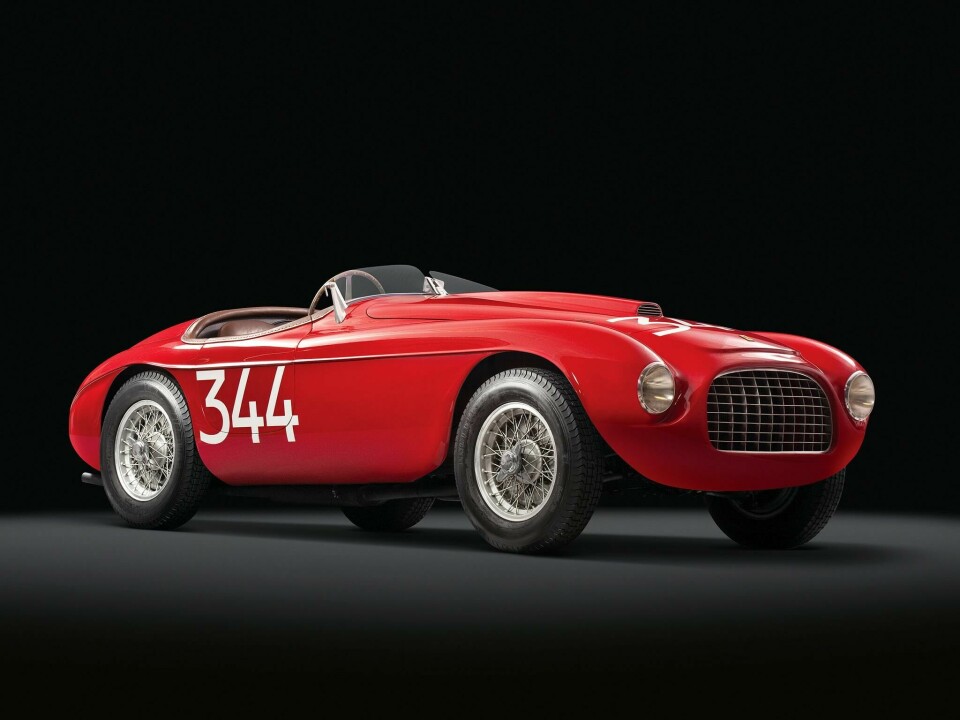
The success of the Ferrari led to glory years for Touring, with magnificent and hugely influential designs for cars such as the Alfa Romeo 6C 2500 SS, the Alfa Romeo Disco Volante (1952), the Hudson Italia (1954), the Maserati 3500GT (1957), the Lamborghini 350 GT (1964), The Aston Martin DB4 (1958) and DB5, and the Jensen Interceptor (1966), among others.
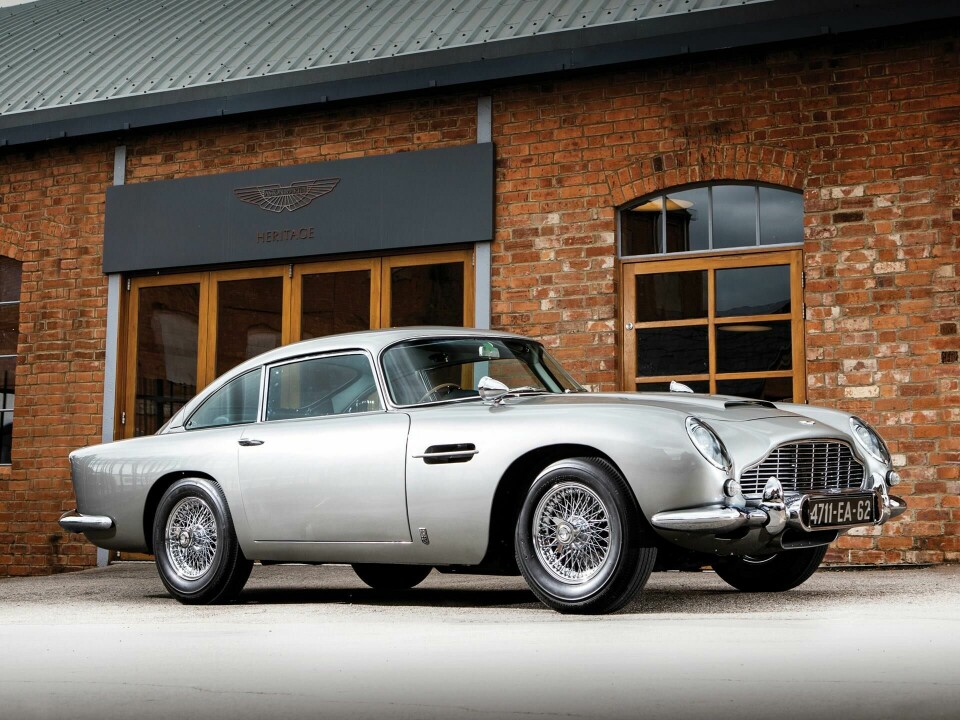
By the mid-1960s, however, Touring’s work had diminished greatly and closure looked imminent. There was to be one last great concept, however, and that was based on the Lamborghini 400 GT. An instant classic from the storied Italian marque, the 400 GT was initially produced in a two-seat version (of which only 23 were made), and then a 2+2 version. The 400 GT was an improved version of the seminal 350 GT, with which Touring was involved in manufacture and design. Original versions of the 400 GT were two seaters with a tiny luggage compartment, while the GT 2+2 had a longer glasshouse and a back seat. All were based on the same 2550mm wheelbase, and with the placement of the glasshouse has distinct cab-rearward appearance.
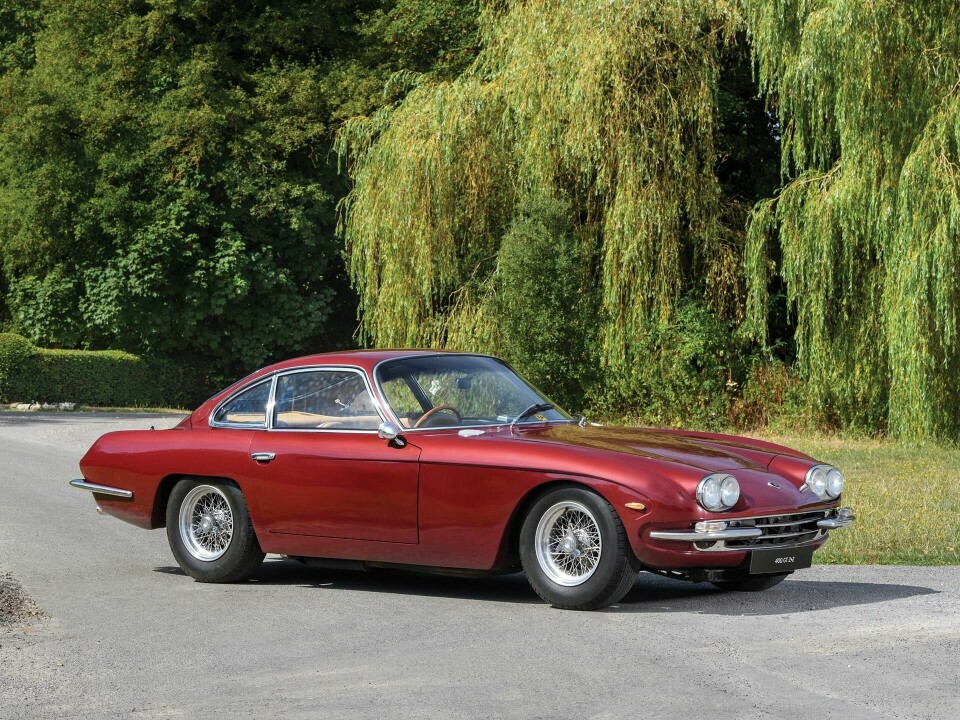
Anderloni would design a radical modification the 400 GT, reducing its length by four inches (102mm). The body was reshaped into a shooting brake format, with restyled fenders that were more creased rather than curved which contributed to the Flying Star appearing more angular as one walked around the car.
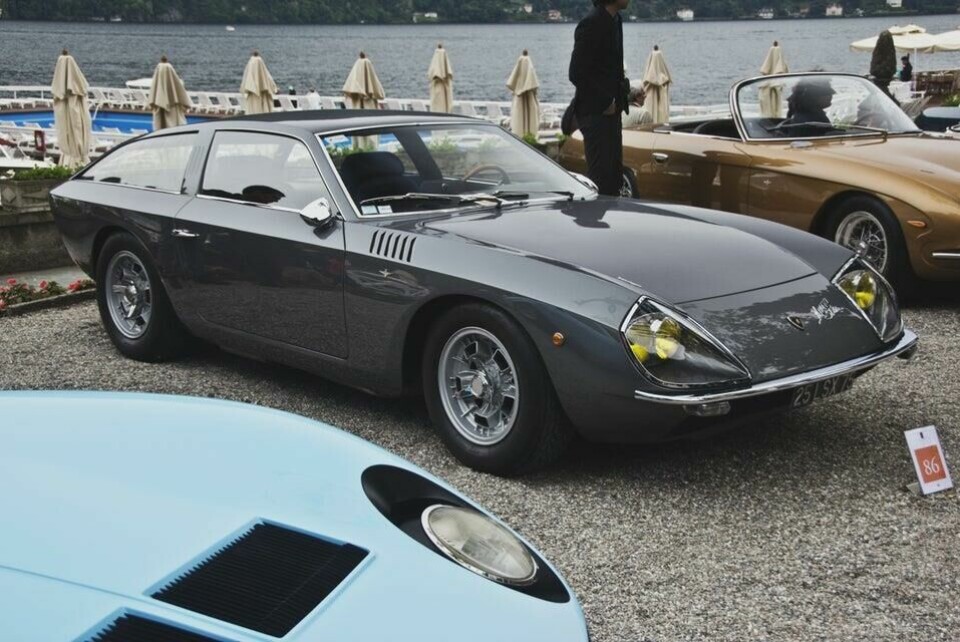
At the front, the quad headlamps, which had been placed slightly inboard, were more integrated into the angular fender and placed under a large glass bezel. The grille, not overly large on the original 400 GT, was reduced to just a slit below the bumper with louvers along the fender near the cowl.
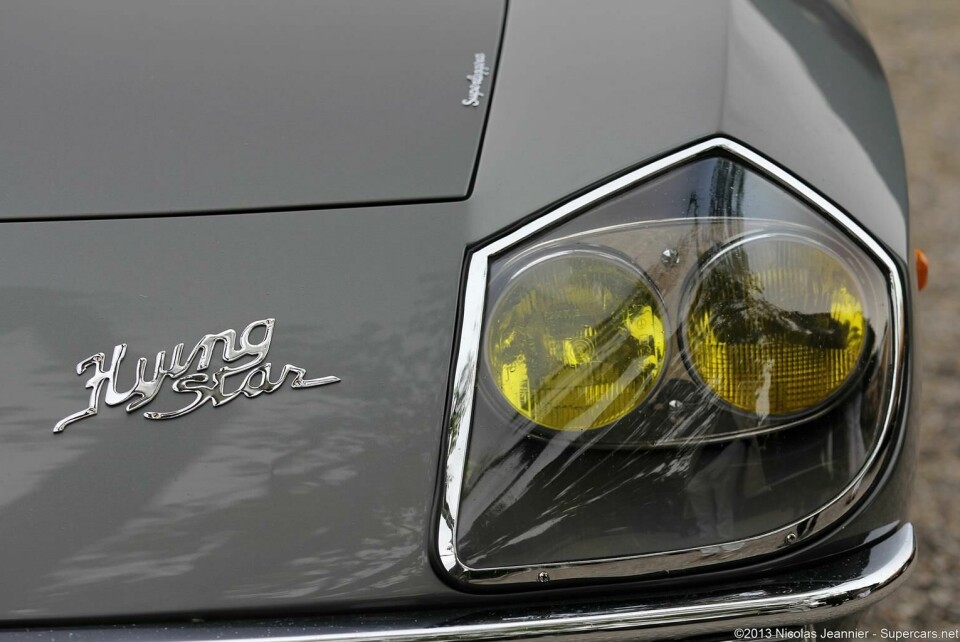
At the rear, the roof curved downward, coupé-like. The windscreen was small and angled forward, while the bottom of the fascia was raked inward to make for a dramatic composition.
Indeed, there are some who think the Flying Star is more handsome from its rear ¾ view than the front.
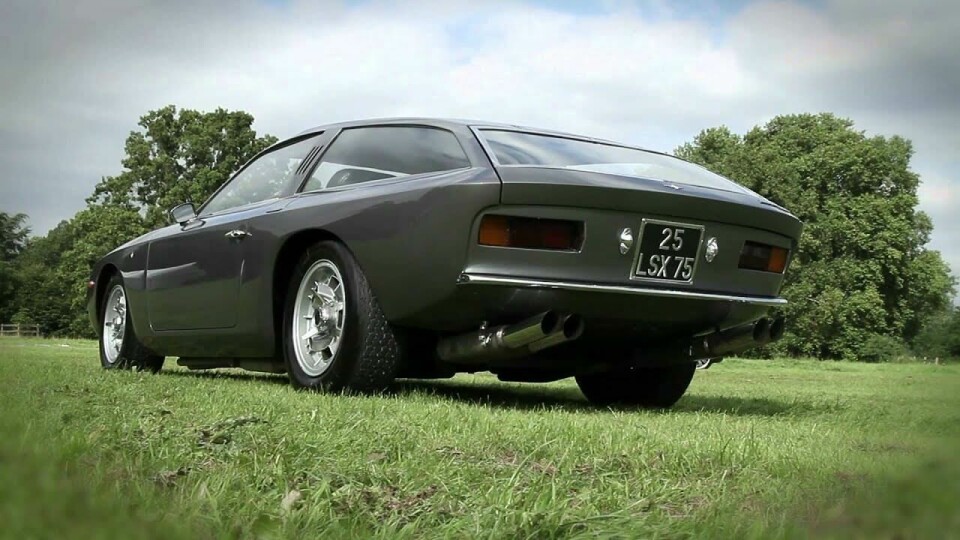
At the interior, the car was not changed much from the design of the standard 400 GT. A large steering wheel, plenty of analogue gauges, and aircraft-type toggle switches, and the large gear shifter made for a very active driving experience indeed. (see video at the end of the article)
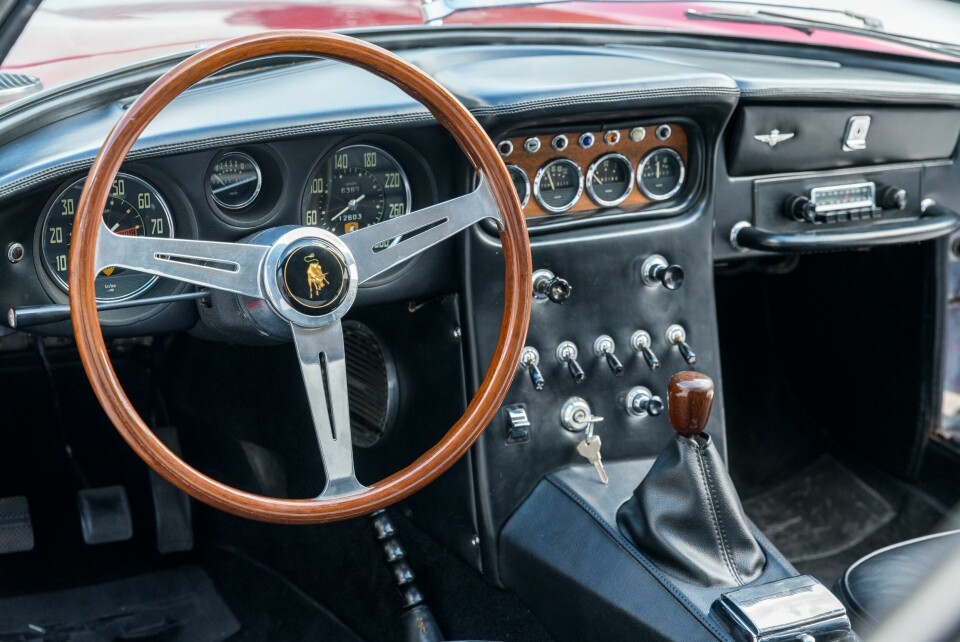
The car was named the Lamborghini 400 GT Flying Star II, though there was no Flying Star I except the Isotta Fraschini from 35 years earlier. Though popular with some enthusiasts and derided by others, only one Flying Star was made, not the twenty that had been planned. Carrozzeria Touring was headed for closure. To make matters worse, a fire broke out in the file storage of Touring and most of the records, then in the process of preparation for storage, were destroyed.
Anderloni, devastated at the enormity of the loss, dedicated himself to tracking down every Touring car then in existence and cataloguing every bit of information that could be gleaned from the owners and vehicles. This became the Touring Superleggera registry, which Anderloni curated through the rest of his life. Aderloni and Ponzoni managed to avoid bankruptcy, and retained the name and trademark of Touring Superleggera, using it on occasion for special projects.
In 2006 the Carrozzeria was resurrected as Touring Superleggera, all assets having been purchased from the original owners. The newly revived firm dedicated itself to coachbuilding, restoring classic Touring cars and producing new concepts, several of which revisited classic concept ideas.

One of Touring Superleggera’s signature projects was the Bentley Continental Flying Star concept of 2011. Commissioned by a private customer, and executed with the full cooperation of Bentley, this shooting brake paid homage to the Flying Star, while remaining faithful to the donor Continental GTC’s design language. All the sheet metal from the doors rearward was redesigned and re-engineered by Touring’s staff led by Director of Design, Louis de Fabribecker. A favourite at Geneva and other shows that year, there are still enthusiasts who would rather have seen this come to production than the Bentayga – although, in truth, they are really two different vehicle types.
Could the design of the 400 GT Flying Star II be extended into the present day? Perhaps it already has. Witness the DS Aero Sport Lounge Concept, due to be revealed at this year’s cancelled Geneva show, and subsequently revealed in Paris. Described by designer Thierry Metroz as “not an SUV or an SUV coupé, but closer to a sedan with a high-driving position and a low roof silhouette”, the concept arguably displays a distant design kinship to the Flying Star. Drop the rear doors from the design and you have an interesting variant of the Flying Star’s shooting brake format – with the same curving roof and small rear windscreen.

Perhaps we may yet see something like this in the future. But for the moment, two-door cars are out of fashion, while shooting brakes have always been a niche market. Here’s hoping a new generation may discover this format and make it popular. When, or if it does, we have no doubt the Lamborghini 400GT Flying Star II will be one of the primary inspirations for a new generation of classics.
-













